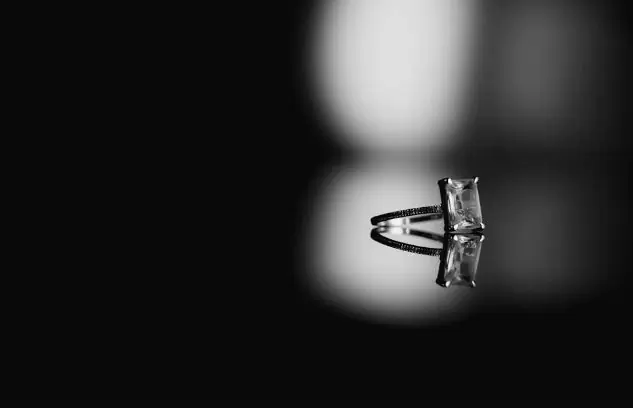Back to Basics in Foot Wart Removal in Texas
Plantar warts are found at the bottom of the feet and cause pain when we walk. A plantar wart is harmless and goes away after some time but you can try Houston plantar wart treatment to speed up the process. Foot wart is rough, spongy, grey-brown with dark specks, and found in a cluster. Visit Houston Wart Removal Specialist if the wart is painful or if it starts spreading. Plantar warts are caused by the HPV virus and spread easily through touch. The virus gets in through damaged skin such as dry skin, cuts, and scrapes. Getting into contact with infected items such as towels razors and personal items can cause plantar warts. A plantar wart is a medical problem common amongst people with high prevalence among school-aged children between the ages of 12 to 16 years.
Normal walking and standing force the skin in and the pressure causes pain. When you have plantar warts, calluses also form preventing the spread of warts that increase pain.
Plantar warts break out among people who engage in group activities such as athletic or gym facilities. Immunity against HPV builds over time, but people with underlying conditions such as HIV/AIDS, immunosuppressive medication, or corticosteroids.
Houston foot wart treatment
Though plantar warts are not dangerous, they can be removed due to discomfort and aesthetic reasons. They spread and get larger over time, though Houston Plantar Warts Removal can take several weeks to heal.
Salicylic acid
Salicylic acid solutions are used for Houston foot wart treatment, several times a day over some weeks. A thin layer is formed over the wart and it should be removed before using the solution again. The top layer of the plantar wart might pull away which may cause slight bleeding and little pain. Sometimes, you might prepare the affected area and soak it in warm water before applying the acid.
Duct tape
Some patients use duct tape for foot wart removal in Texas. It is a simple routine of sticking a small piece of duct tape over the plantar wart. Although nobody knows how the duct-tape works it is said that it cuts the circulation that enables the plantar wart to survive while others believe that every time you peel the tape you peel layers of skin.
Iodine
It is an essential mineral associated with thyroid health. There are specific formulations used for wart removal purposes. A study was conducted with patients applying povidone-iodine twice daily for 12 weeks. The solution clears warts; however, the treatment occurs under the podiatrist’s supervision.
Prevention of plantar warts
You want to prevent the spread of plantar warts to other parts of the body and other people.
- After attending to a plantar wart wash your hands and keep them dry since plantar warts thrive in moist environments.
- Always wear footwear when in public shared spaces such as locker rooms, showers, or public pools.
- Use disinfectant soap to wash your feet and the areas where the virus can easily spread.
- Do not pick or touch someone else’s wart.
- Make sure that your pedicurist properly sterilizes tools to be used in the pedicures.
- Do not brush, shave or clip areas where you have warts.
- Ensure that your plantar wart stays dry to avoid spreading.
Foot doctor’s treatment options
Cryotherapy which is freezing the wart usually done by a podiatrist. The plantar wart is exposed to cold liquid nitrogen which freezes the wart it destroys the skin cells.
Laser or burning
Laser treatment is used to surgically remove the wart. The burning and laser wart removal method is removed with a local anesthetic. There are no scars after treatment.
Immunotherapy
It involves boosting the immune system to destroy the wart virus. Treatment takes time and is very itchy.
When should you visit a podiatrist?
Most take time and go away within 6 or more months to two years in children. Warts take longer in adults.
- The wart is painful and uncomfortable
- If the warts are spreading to the feet, face, and genitals.
- The wart looks red, warm, and swollen which are signs of infection.
- If you are pregnant.
- If you have reduced immunity.
- If you have multiple warts spreading.










